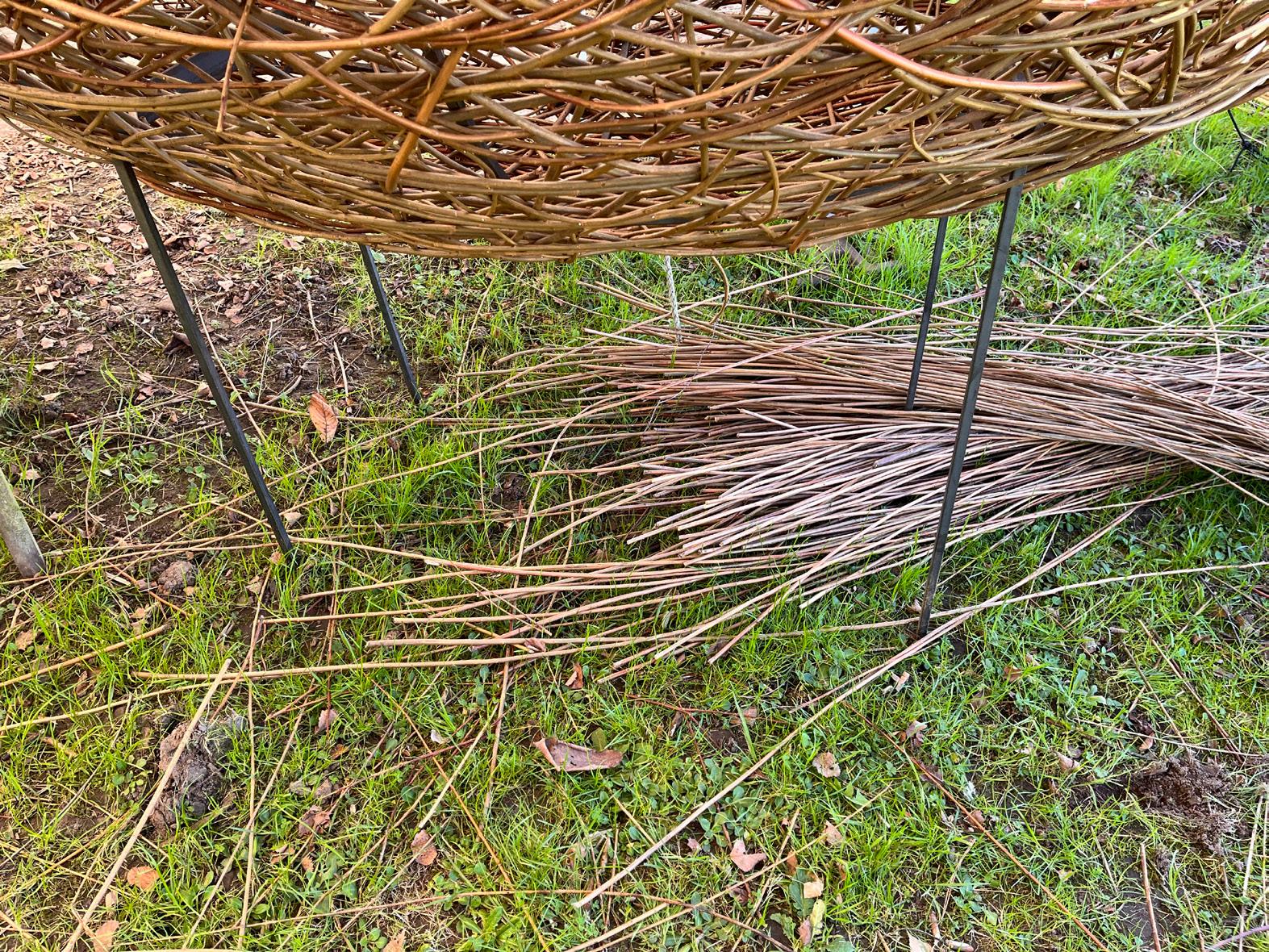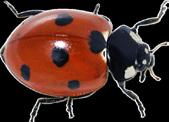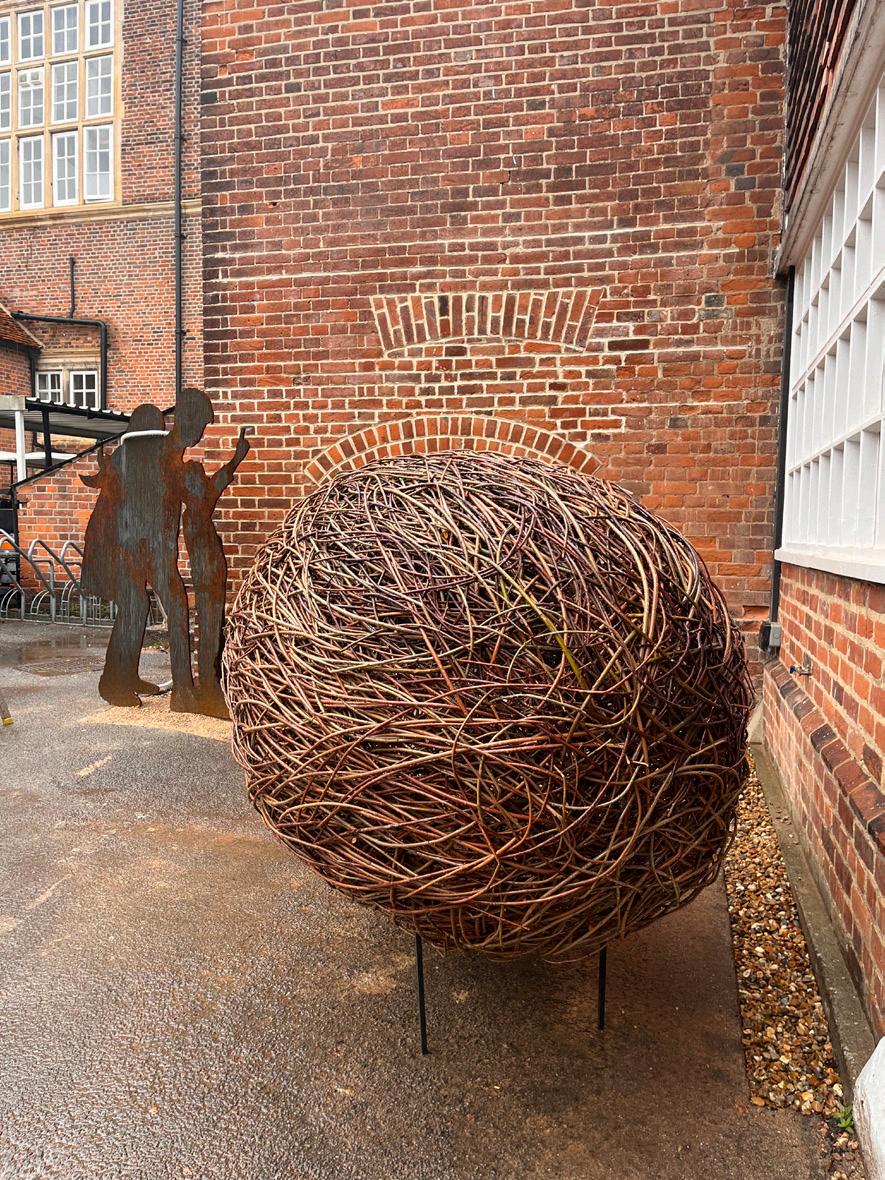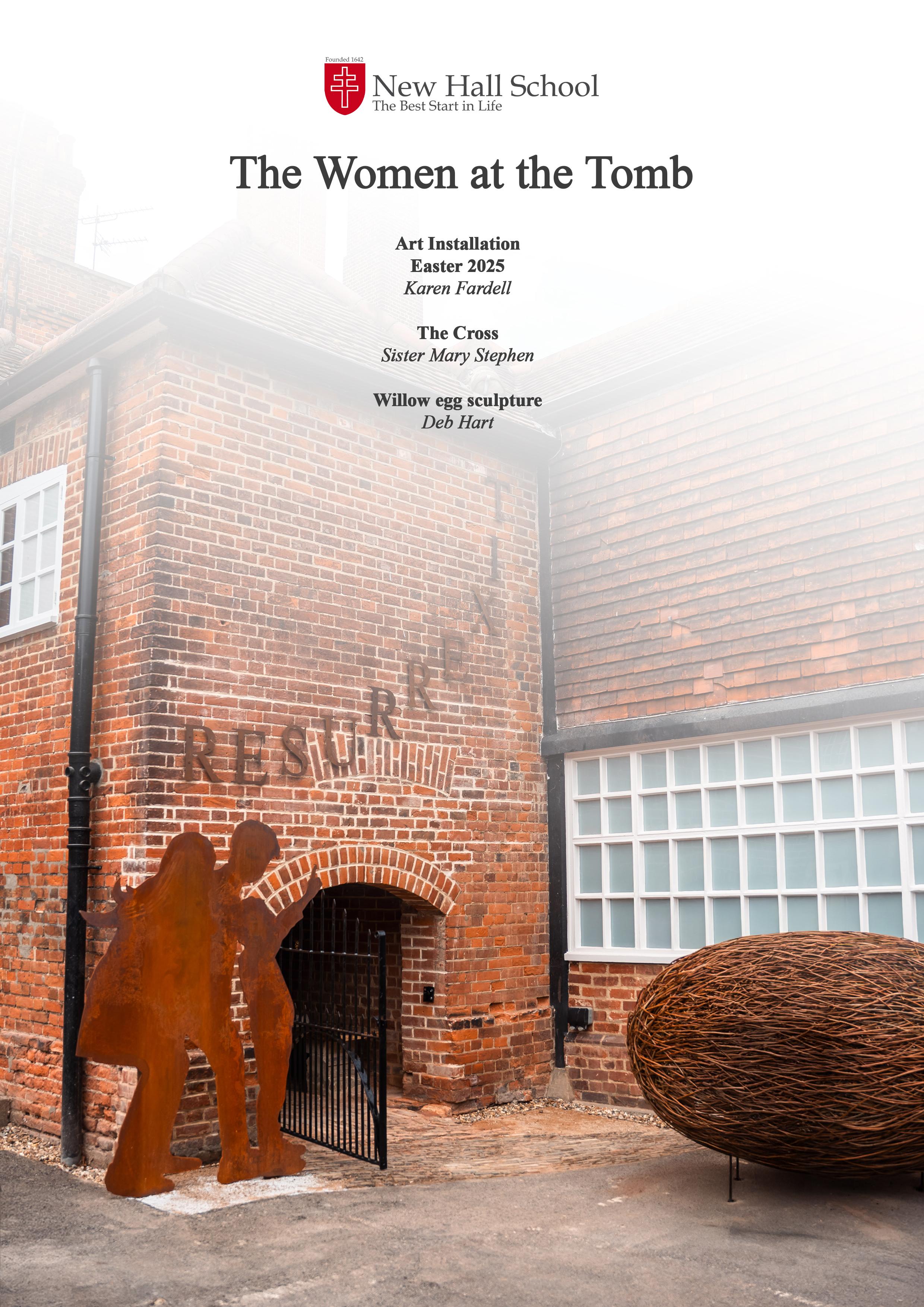
The vault
The strips of wood forming a vaulted or arched structured ceiling are made of beech wood. They came from the beech tree which had to be felled near the Walkfares bridge. The beech tree had six diseases which made it unsafe to leave standing. This tree still has a place at New Hall, even though it is not where it started its life.
The forming of a vault gives a double meaning here - a vault being both the curved structure but also a ‘room with thick walls for keeping safe valuable things’.
Nothing is completely uniform when you look closely.
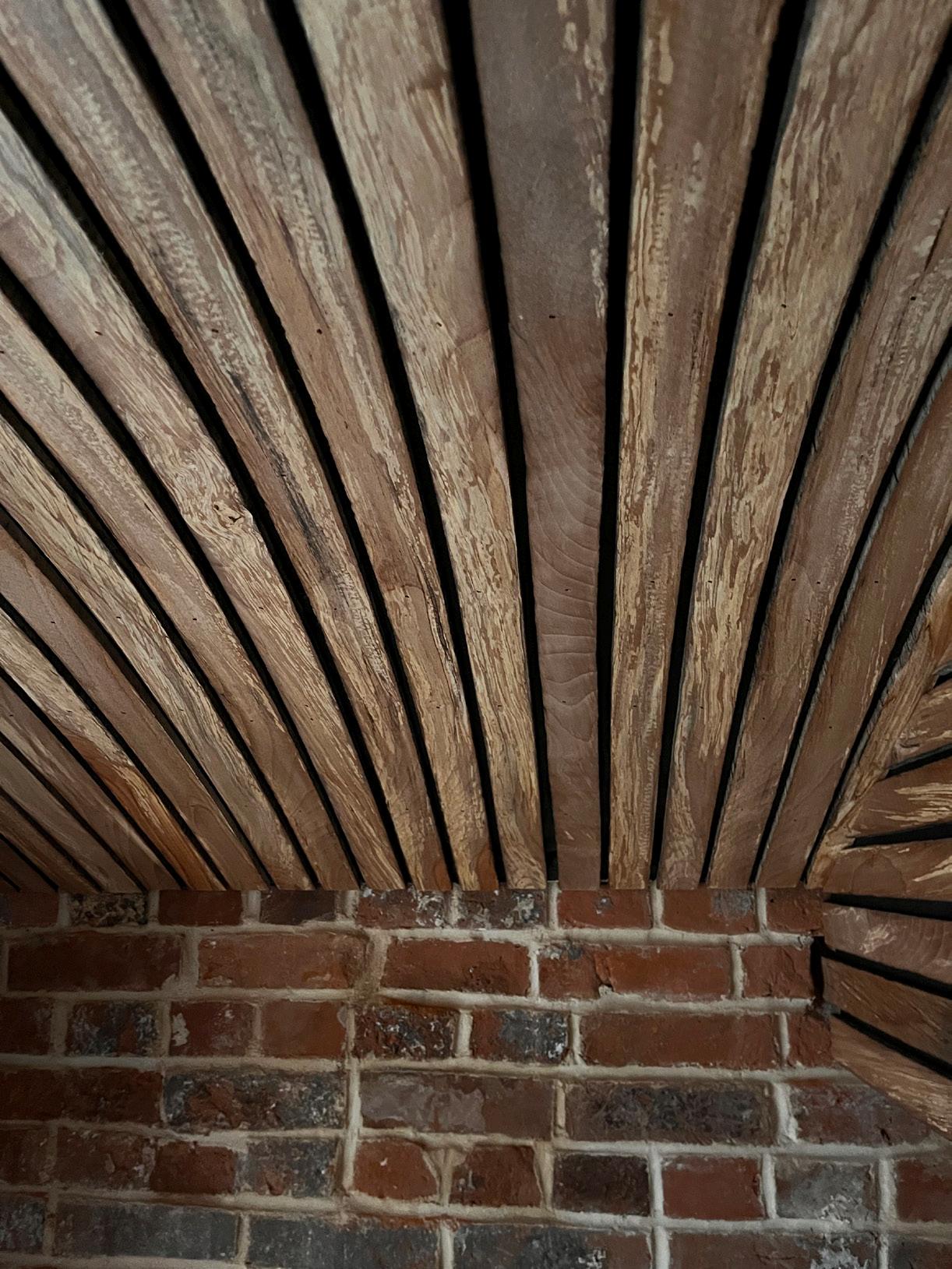
The three figures
These represent the women who were the first to see the empty tomb and to announce Jesus’s resurrection.
The three silhouette profiles here represent three age groups of New Hall students: the Prep Divisions, Girls’ & Boys’ Divisions, and the Sixth Form. The youngest child is the quickest to observe and to point; the oldest the most caring and supportive of the group.
The silhouettes are laser cut from a sheet of ‘Corten’ steel. ‘Corten’ contains up to 60% recycled content, giving new life to salvaged metals. Untreated and left to weather, it can withstand harsh environmental conditions. The rust layer, which will naturally form, provides a protective layer to the sheet. Without coatings the material is 100% recyclable making it one of the world’s most sustainable materials.
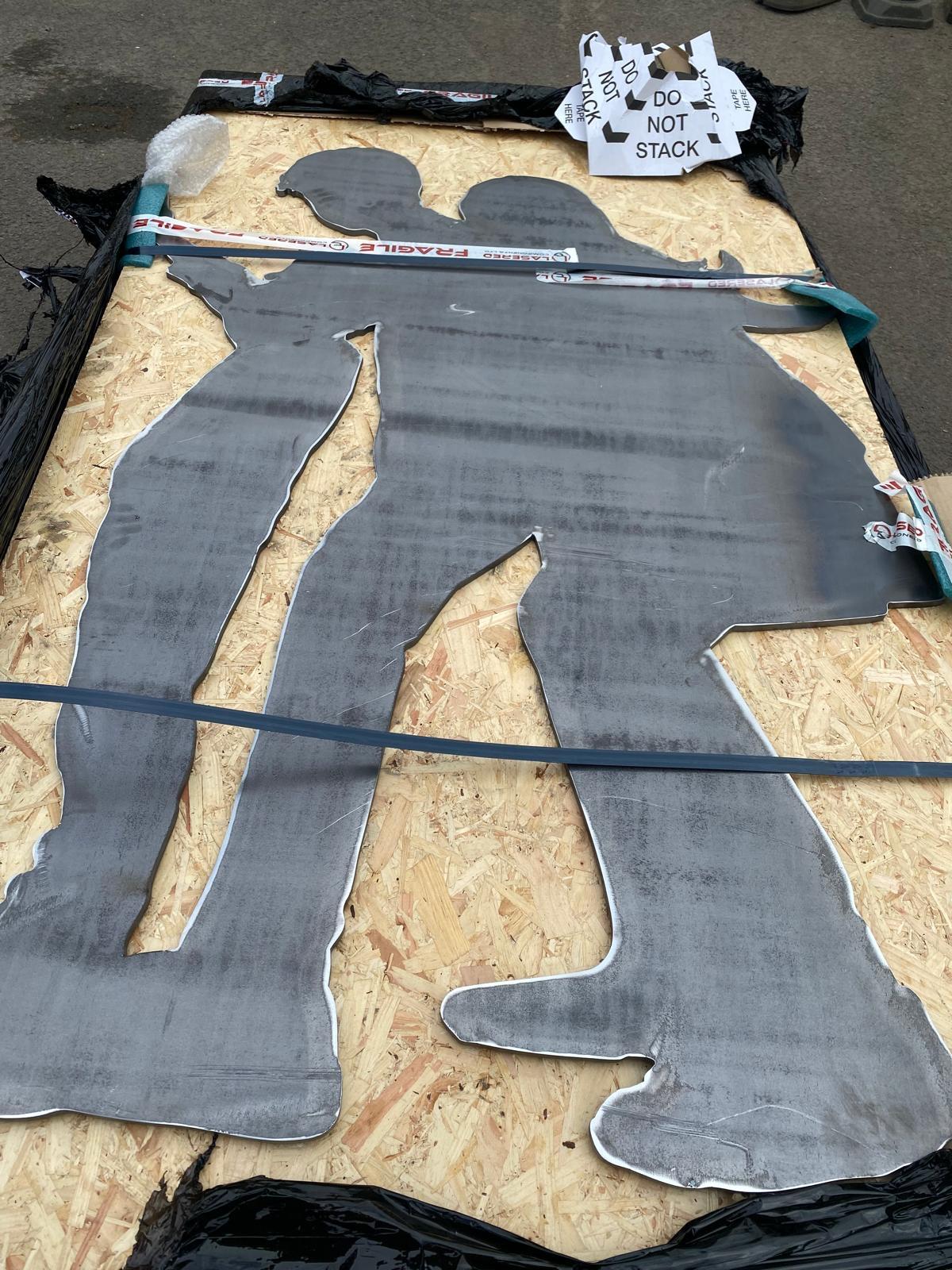
The cross
The cross is a sculpture created by Sister Mary Stephen CRSS in the 1990s, when she was teaching art here. Sister Mary Stephen found the humble materials in a ditch at the farm; she believes they are parts of a former cart. The wooden base is oak, also from a fallen tree found on the estate.
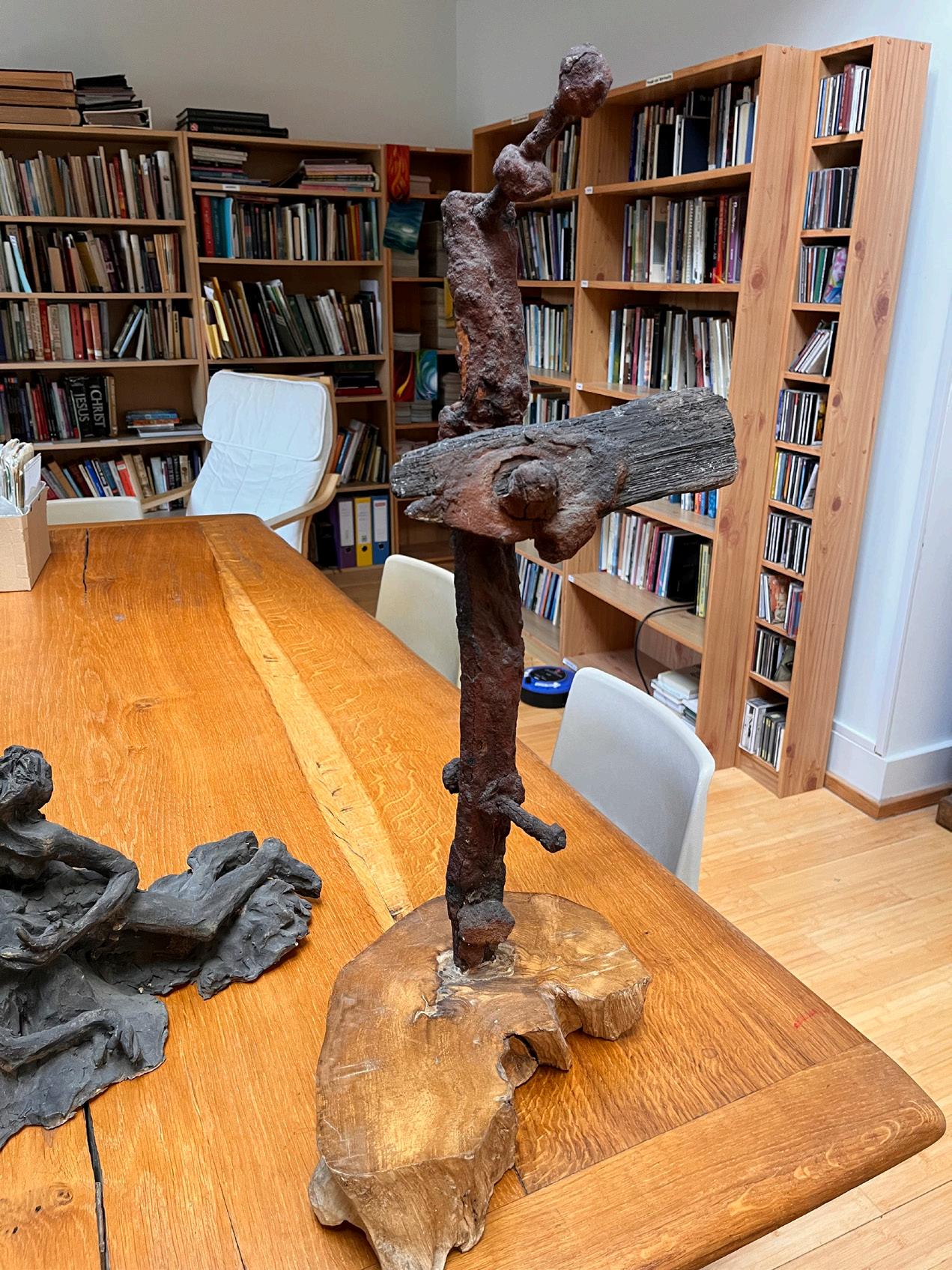
The lettering
The individual letters, spelling the word ‘RESURREXIT’, have been cut from a 2mm steel plate. The plate has weathered and rusted giving the material its own natural protective layer. Each letter is 12” high. The font used is ‘Times Roman’, which was developed in the 1930s to be the most legible, leading it to be first used in the Times newspaper.
The letters of the word rise from left to right, a gesture reminiscent of both the Roman Baroque Church images of the ascent to heaven and the widespread nature of this art, not only in churches but on street corners and squares.
The art is self-referential; its arrangement describes the act of resurrection; making it an ‘Autological word’ in the manner of the poetry of E.E. Cummings.
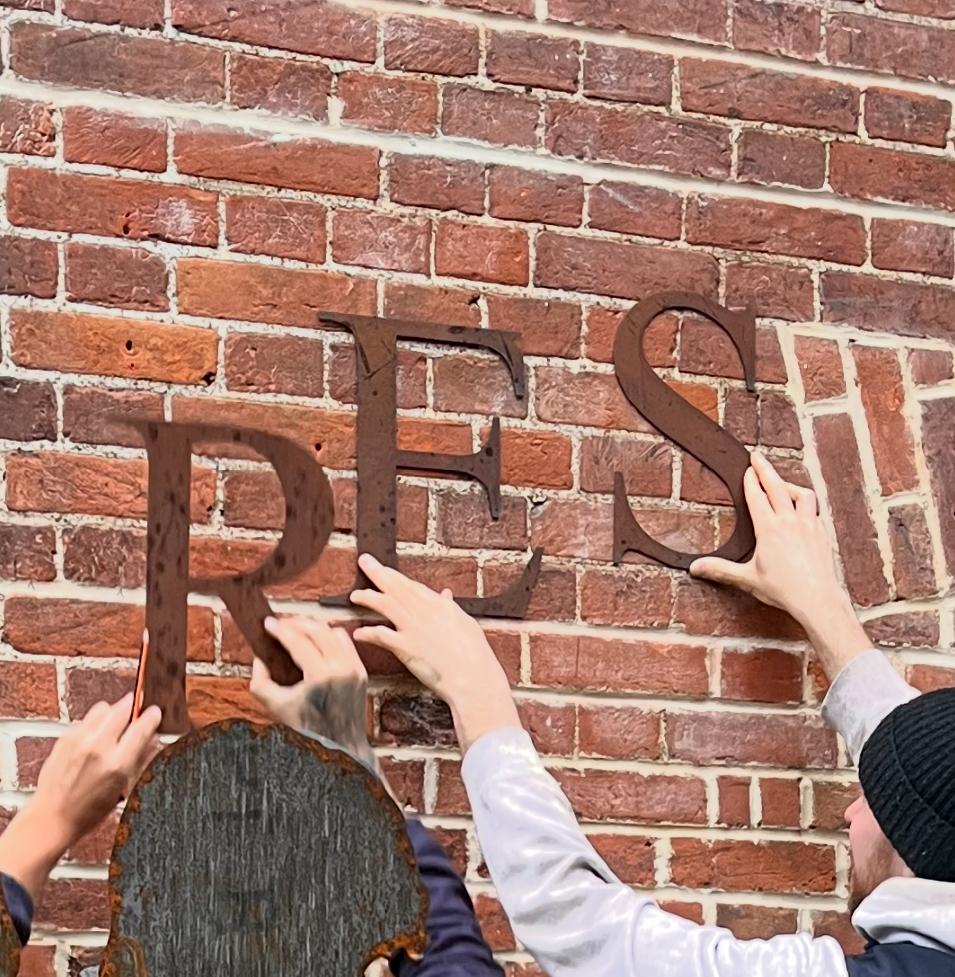
The bench
The seat of the bench is of human dimensions and is formed of a simple timber plank atop stone piers. The stone used here was found in the grounds and the profiled edges of the stone blocks clearly show the shaping of the external window mullions of the main School.
The bench top is formed of a single beechwood plank from the same felled tree near the Walkfares bridge as the ceiling vaulting. Two ‘butterfly joints’ have been incorporated to help stabilise the plank where some splits have opened up. This is a traditional timber work joint used in 18th century furniture making, sometimes called a ‘bow tie’ or a ‘Dutchman’s joint’; a subtle nod to the Canonesses’ foundation in Liege.
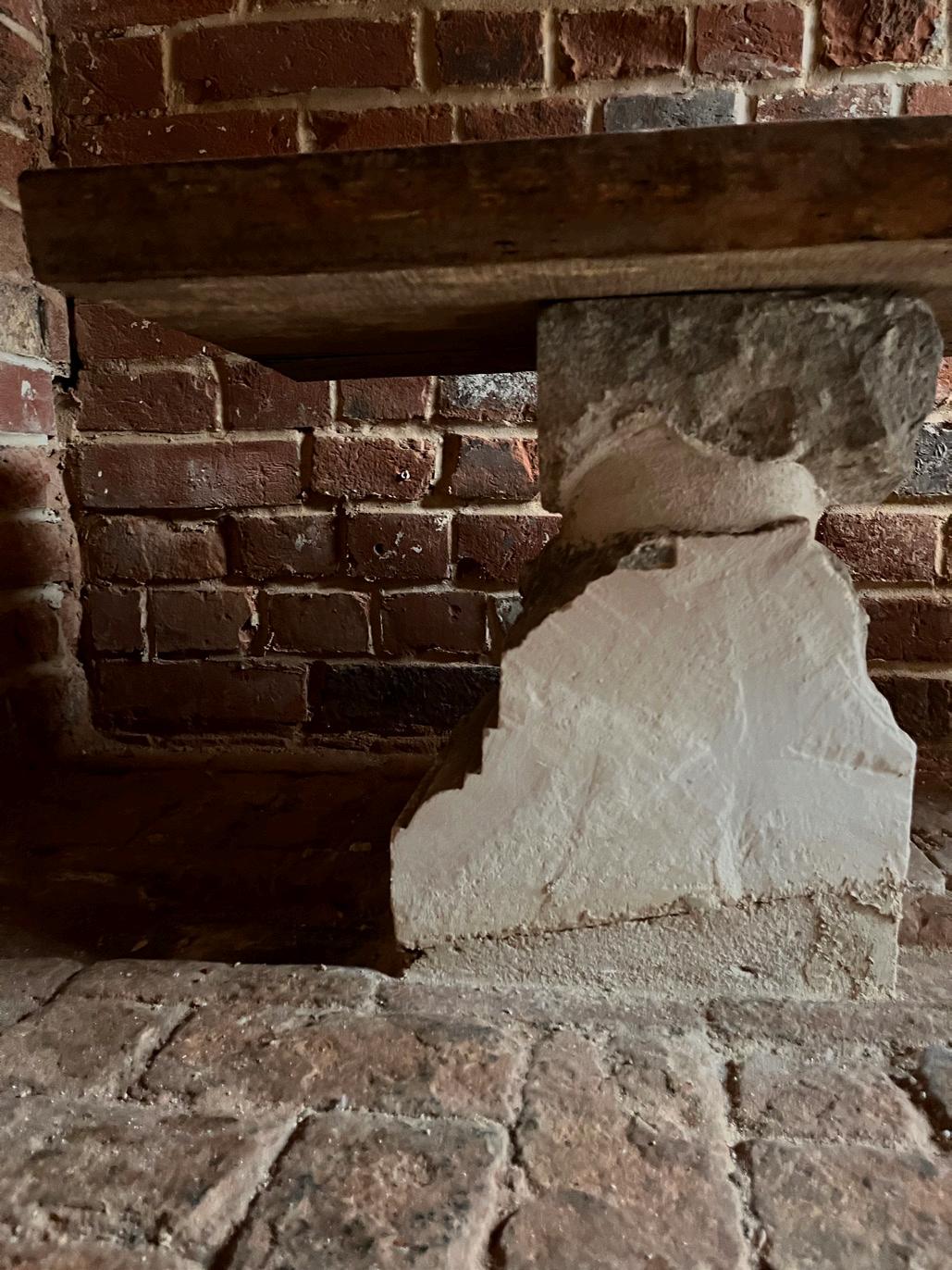
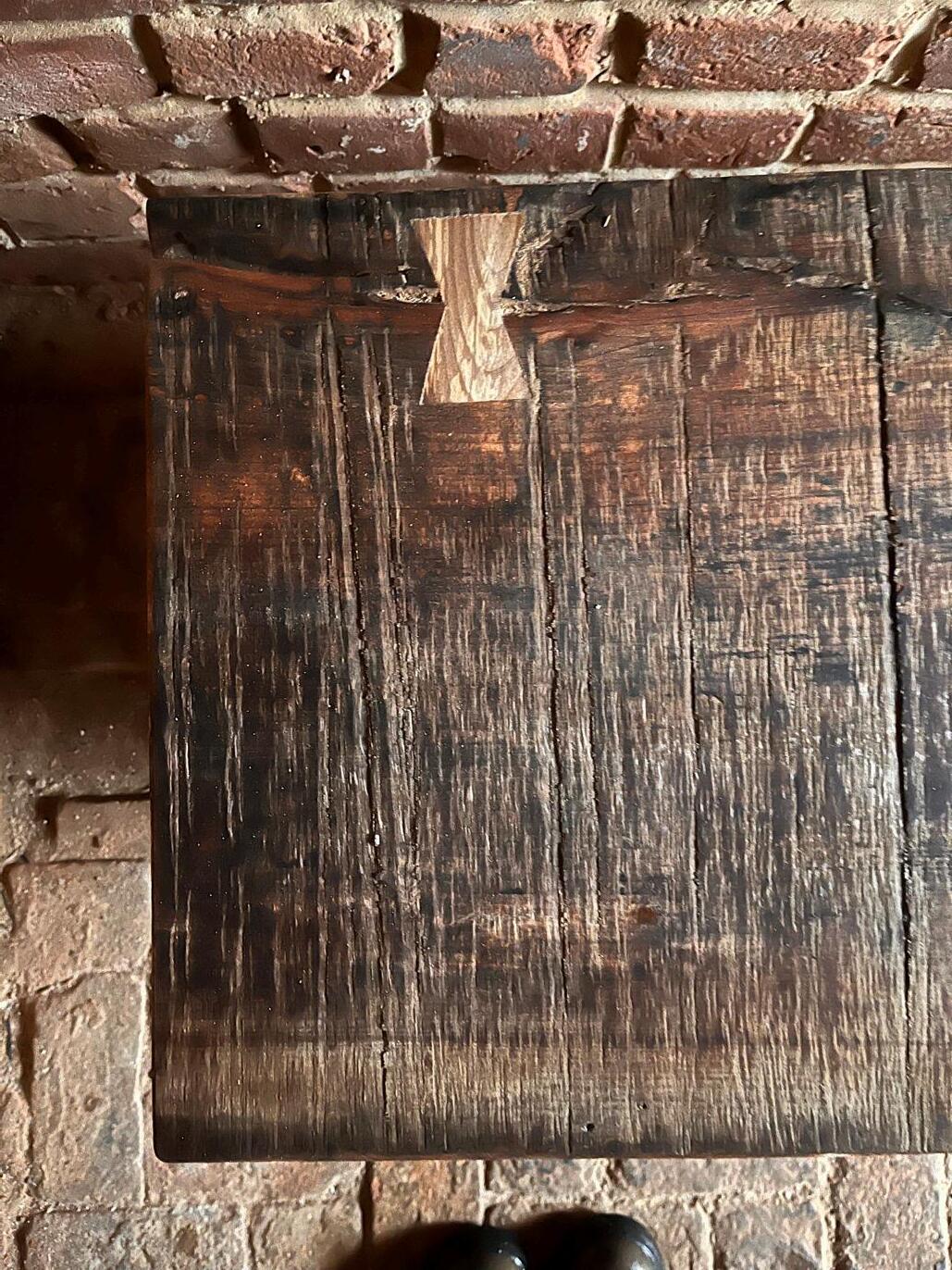
The gate
The gate is made of cast iron pieces that have been hand-forged and assembled by blacksmiths. It is reminiscent of church sanctuary metalwork. This gate has been reclaimed from an old Georgian estate.
A gate was not the first use of some of these metal rods. The shapes at the bottom rail of the sticks show that they were probably railings before becoming a gate. The finials (pointy bits) at the top of the spikes are not all identical.
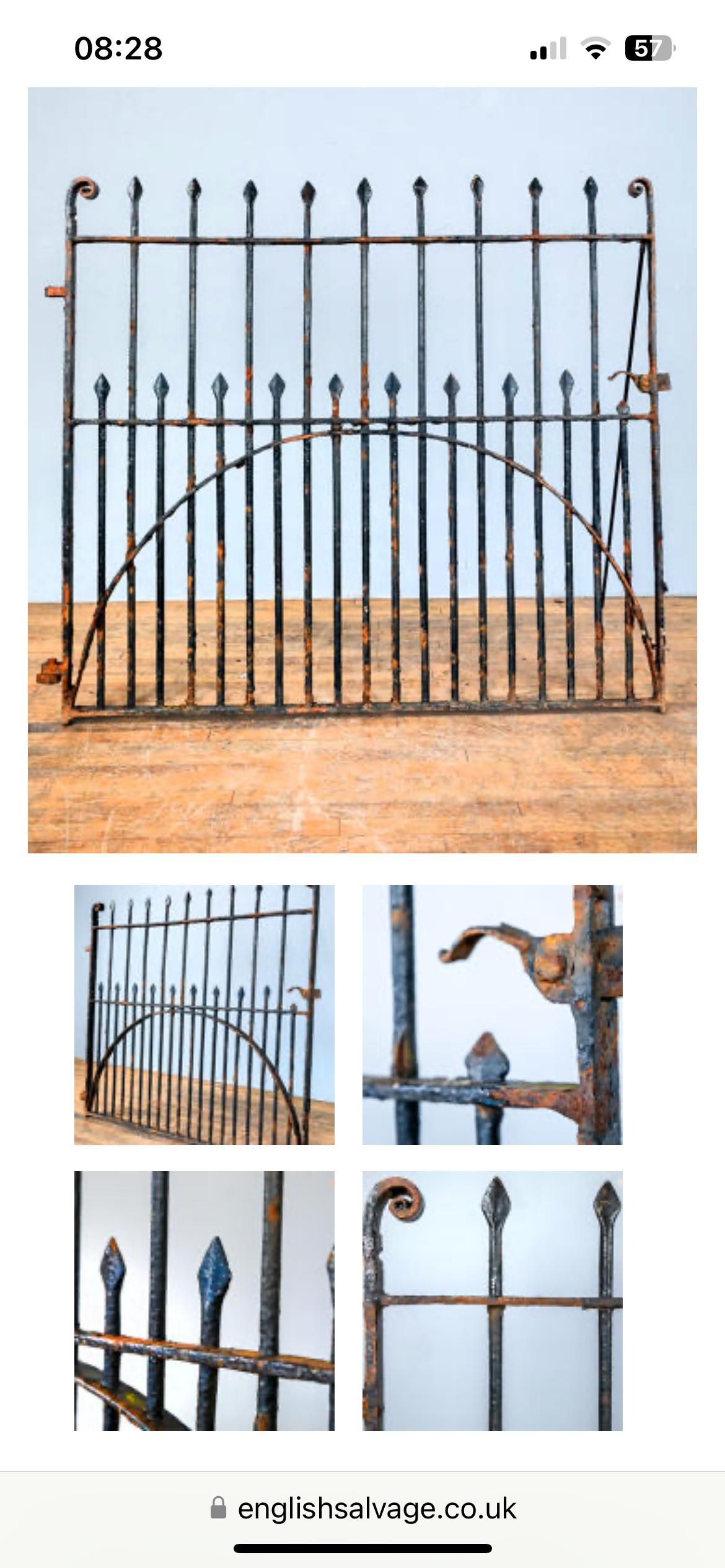
The cloth
The cloth is a cover from a boat sail. The size of the canvas is 1.1mx 4.4m, which approximates to the size of the Turin shroud. This cover clothed the main sail of a 34-foot Swedish cruising yacht whose home port was Ipswich. It has been on numerous voyages and adventures. As well as the sail cloth which has obvious connotations of the sea, the rail from which the cloth is draped is made from hot water pipes and connections that have been repurposed. The multi-faceted aquatic connections of this piece recall the treacherous voyage New Hall students made across the North Sea in 1798 in sailing boats covered with tarpaulin to protect and hide them.
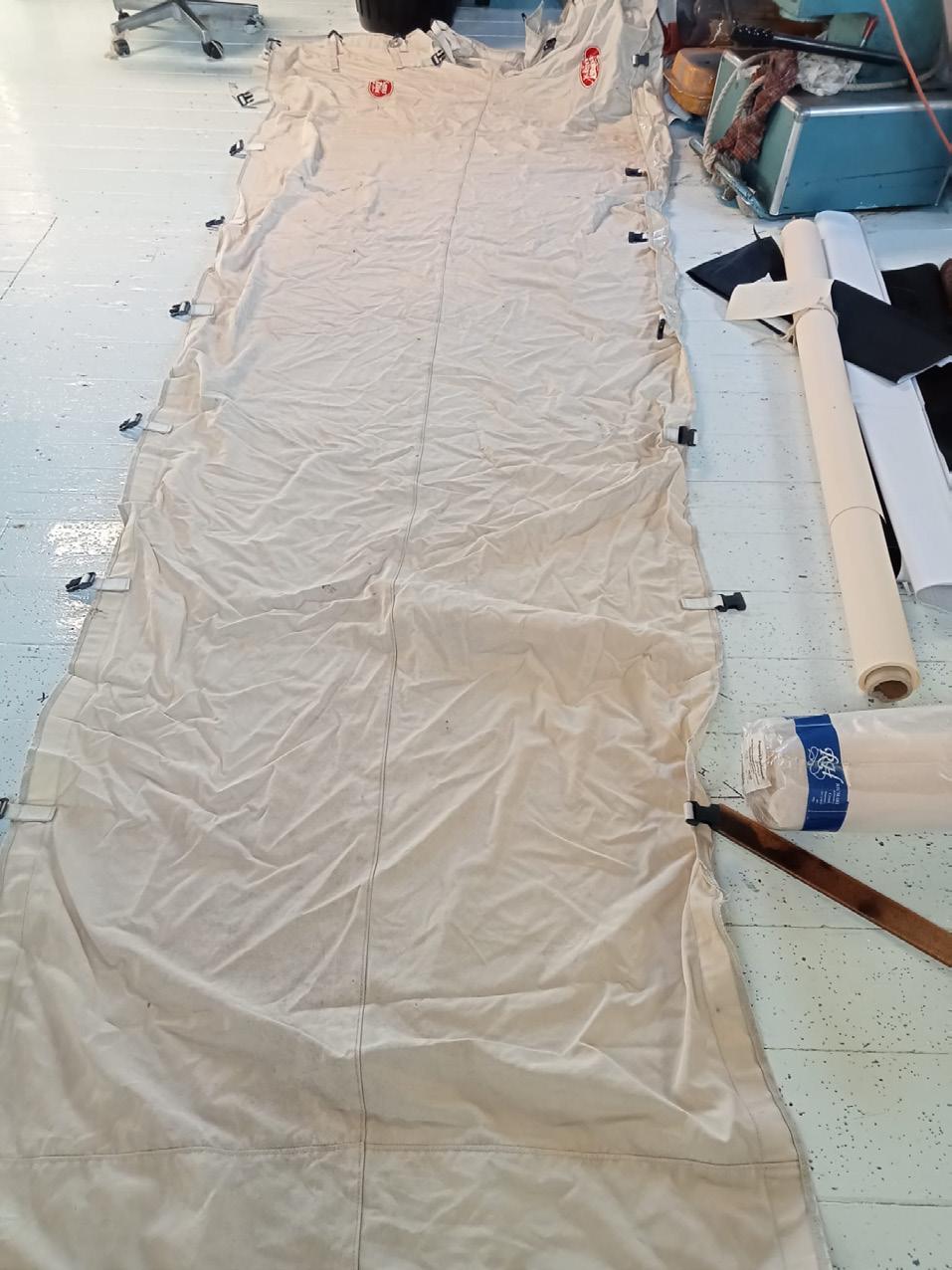
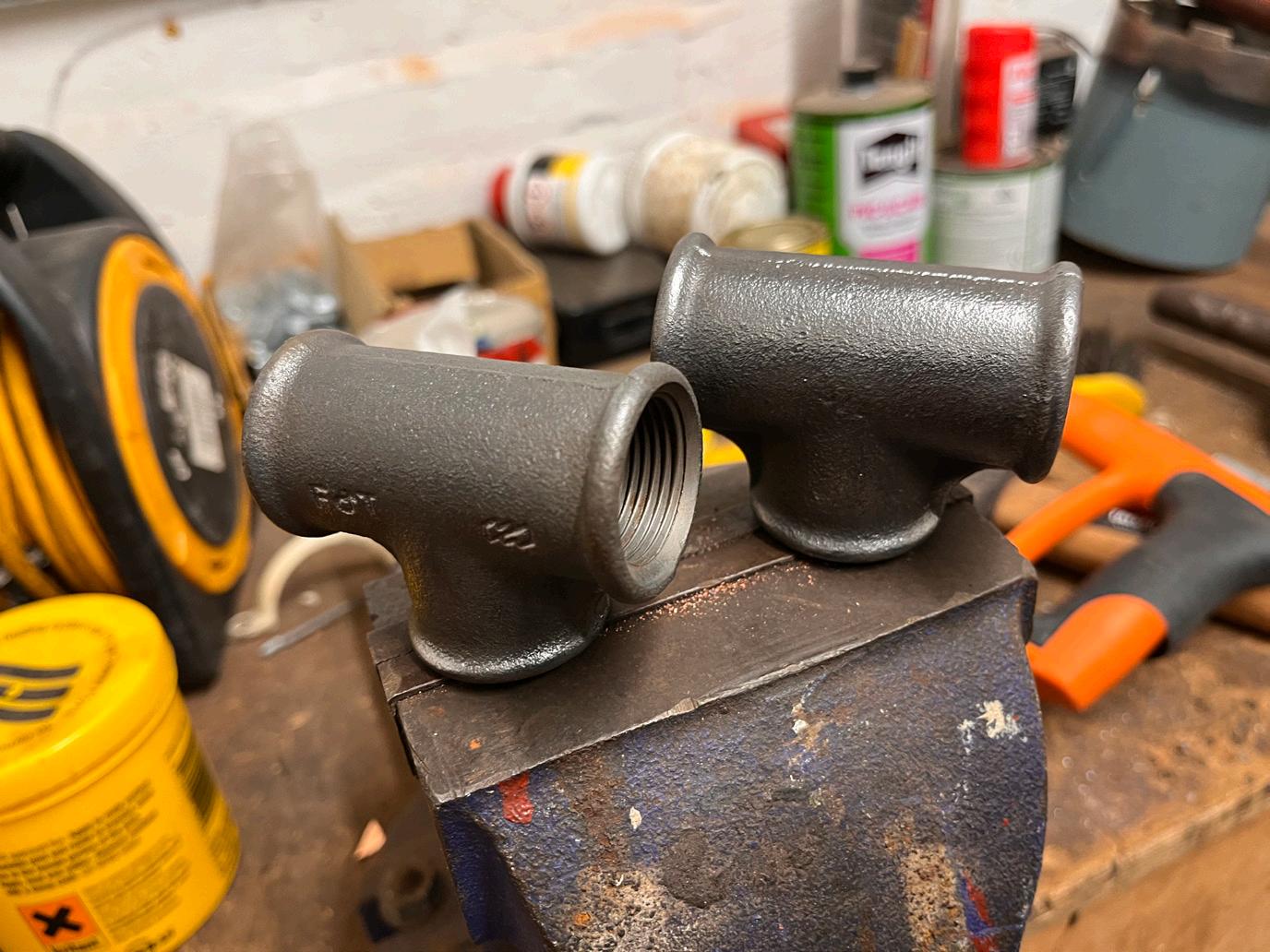
The light
This lantern has been made from two holy water stoops that were once somewhere outside the chapel. They are made of solid brass. Instead of being flat on a wall they are bound together back to back and hold enduring light (in this case from Light Emitting Diodes, themselves known for their energy efficiency and enduring life span). Brass can be polished to shine. Over time it slowly tarnishes and dulls but can always be polished to bring back the shine.
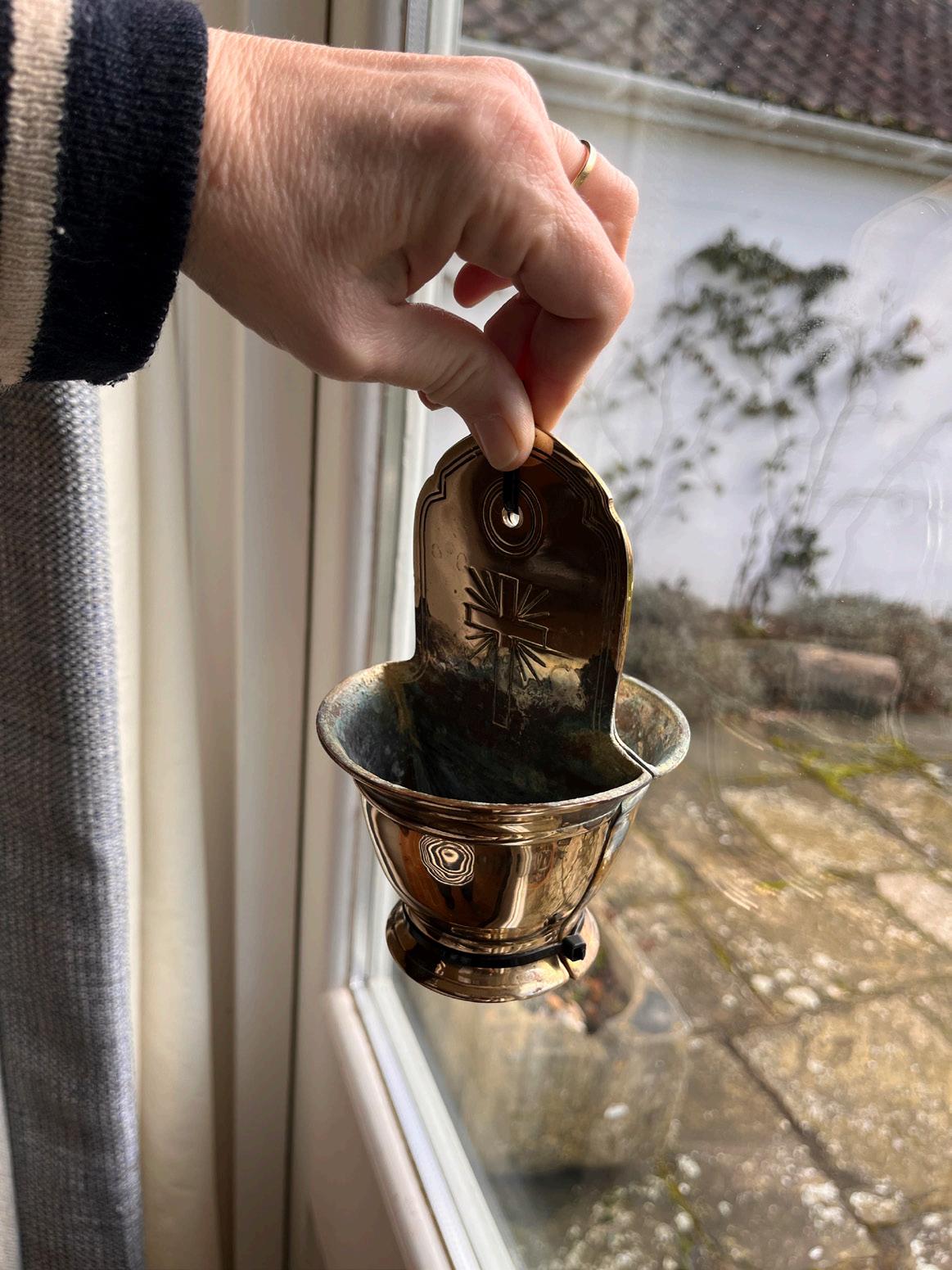
The egg
The egg sculpture is made of natural willow. It represents the stone that was rolled away at the tomb.
If you view the sculpture from the Chaplaincy Chambers door, the profile resembles the stone concealing the entrance to Jesus’s tomb. If you enter the Hawley Quad through the archway, the sculpture resembles an egg laid sideways near the garden of olive trees, representing new life at Easter. This egg was woven by a local willow artist and is made from four types of sustainably grown willow rods;
Salix triandra ‘Black Maul’,
Salix purpurea ‘Elegantissima’
Salix sanguinea ‘Flanders Red’
Salix triandra ‘Noire de Villaines’
The naturally grown, biodegradable materials themselves provide a home all year round to beneficial insects including ladybirds, lacewings and beetles and will sit at the heart of the new garden quad encouraging wildlife.
